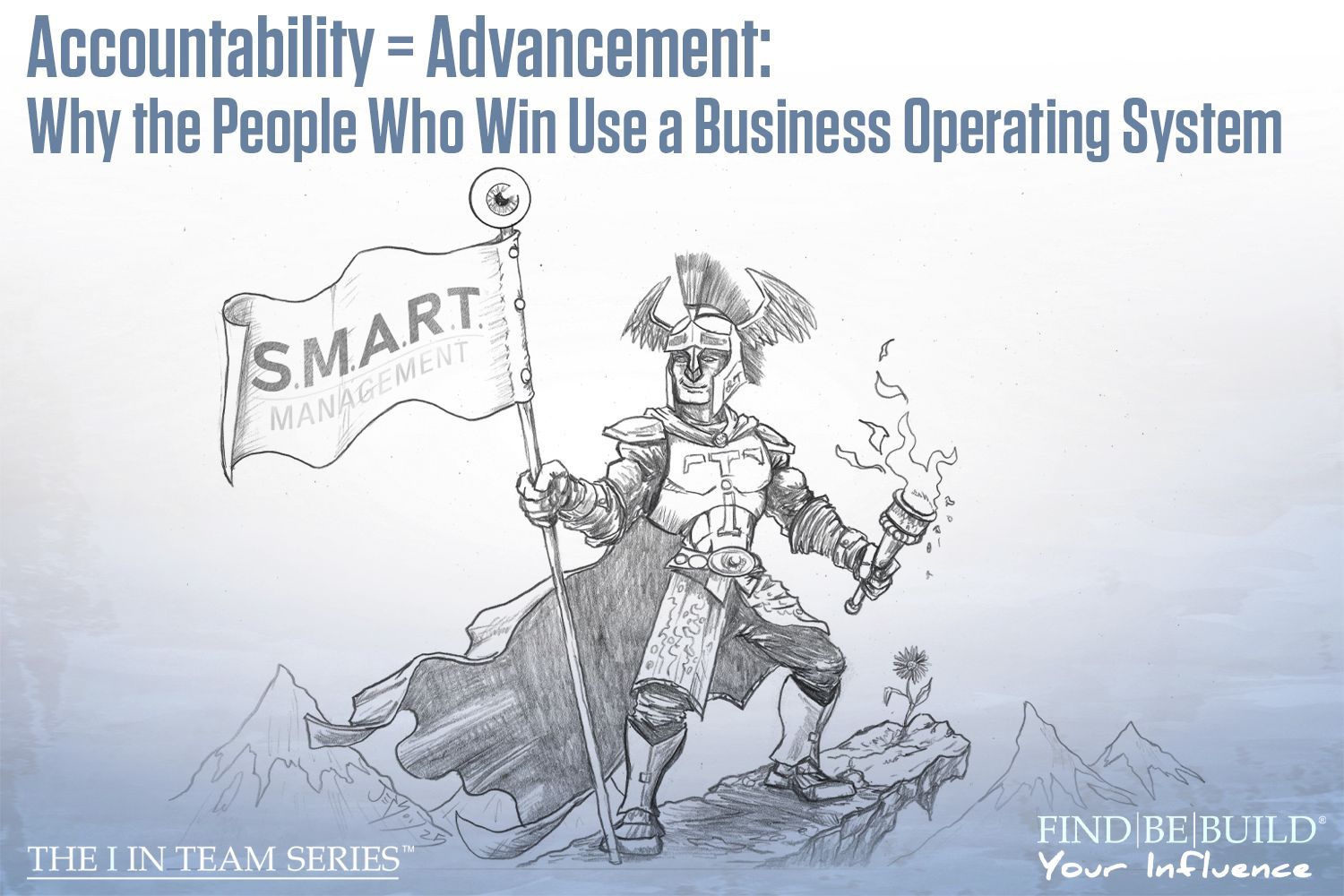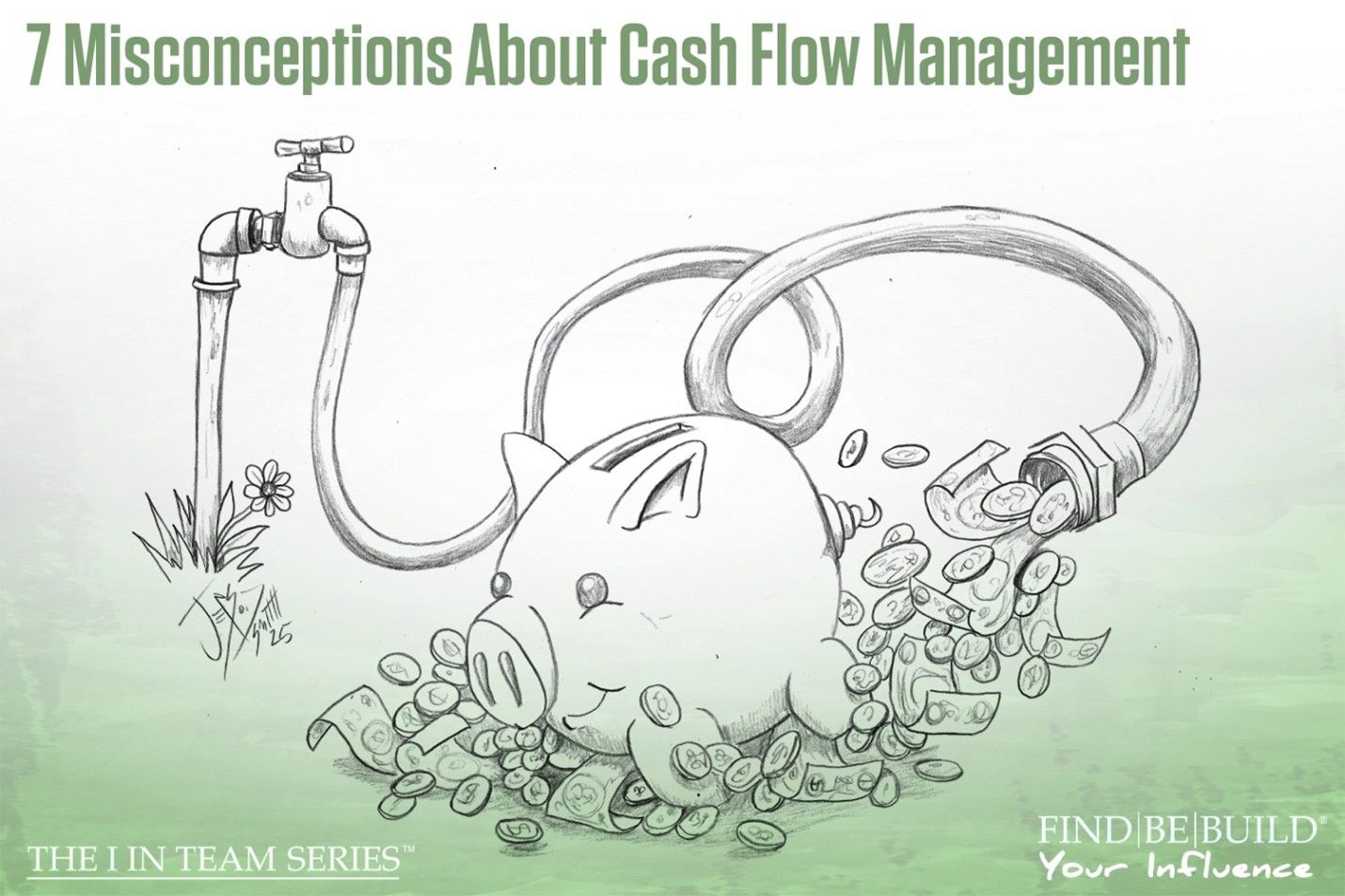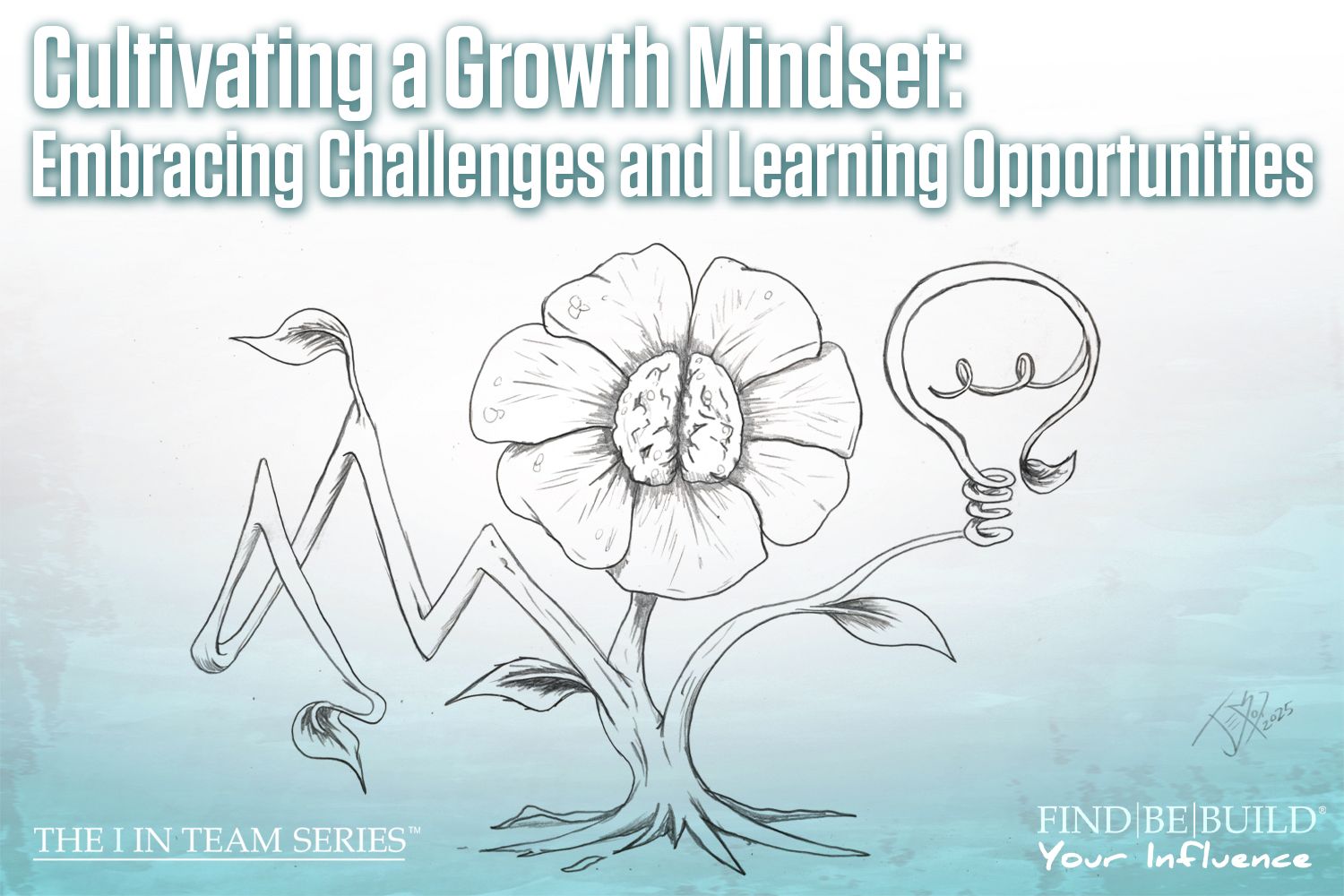Building a Personal Brand

Building a personal brand for business consulting
Building a Personal Brand
Hello, team! Mary here, continuing our journey through the I in Team series, where we empower you to find, be, and build your influence. Over the last 5+ years, we’ve been sharing the lessons from the I in Team series and applying what we’ve learned through 30+ years of building IA Business Advisors. At the heart of these brands is our founder, Brian Smith, whose personal brand embodies authenticity, purpose, and a deep commitment to positive influence. Brian’s journey has been filled with both challenges and rewards, and by following similar steps, you too can build your own personal brand grounded in individual influence.
Discovering Your Unique Value
Before diving into the process of building your personal brand, take the time for deep self-reflection. This step is essential to align your brand with your true strengths and passions. Ask yourself:
- What are my core strengths?
- What unique experiences shape my perspective?
- How can I leverage my skills to make a meaningful impact?
While these questions provide a starting point, the self-reflection process goes much deeper. We explore this in
Individual Influence: Find the “I” in Team, where we encourage you to define your "I" — the essence that sets you apart. Being genuine is your greatest asset, and authenticity should be the foundation of your personal brand. Resist the temptation to conform to existing molds. Instead, showcase your individuality. When you align your personal values with your professional journey, you create a powerful narrative that will resonate with others.
Crafting Your Brand Story
Once you have clarity about your unique value, it’s time to shape your brand story. A brand story connects you with your audience by communicating who you are, what you stand for, and why your work matters. This story is a critical piece of your brand's foundation and will evolve as you grow, but its core message should always remain the same.
In addition to your brand story, develop a clear mission statement that reflects your personal and professional objectives. Think of it as your guiding light — it articulates what you aim to accomplish and why. While your goals may shift with experience, your mission should stay rooted in your values, keeping you anchored as your influence grows.
Building Your Presence
In today’s digital world, having an online presence is a must for establishing and growing your personal brand. However, never underestimate the value of your physical presence and genuine human connections. Let’s explore both aspects:
Creating a website or portfolio is essential. This platform serves as your digital home base, showcasing your brand story, mission statement, accomplishments, and testimonials. It also positions you as an authority in your field. Beyond your website, social media is a powerful tool for daily engagement with your audience. Select platforms that align with your brand’s niche and post consistently to stay relevant and visible.
Authenticity is just as important in person as it is online. Attend industry events, join professional organizations, and
network with people in your field. Rather than focusing on how others can help you, build genuine relationships. Share your unique value, learn from others, and support each other’s growth. These connections can amplify your influence and open doors to new opportunities.
The Ripple Effect of Consistency
Personal branding is a long-term strategy. Like building influence, it requires patience, persistence, and consistency. As we discuss in Responsible Influence: Build the “I” in Team, your actions create ripples that impact those around you. The same holds true for your personal brand. Consistency in your message and presence will build trust, and over time, your visibility and influence will grow.
Bottom Line
Start with self-reflection, build an authentic story, and cultivate relationships through both online and physical presence. Building a personal brand is a journey, not a race. Stay true to who you are, put in the work, and trust the process. Your unique influence has the power to make a lasting impact on the world.












